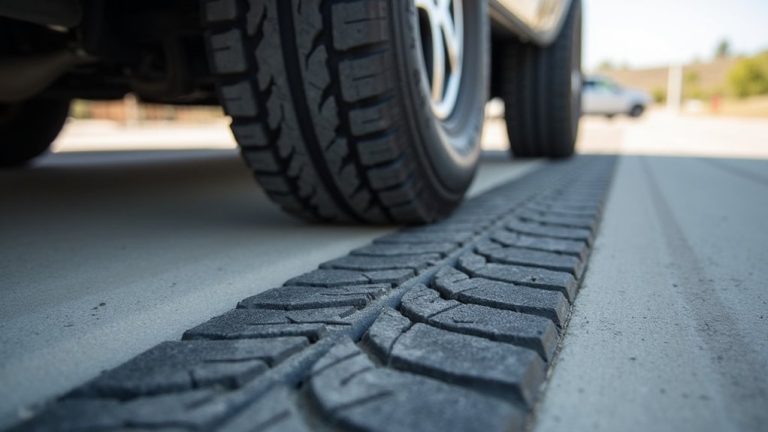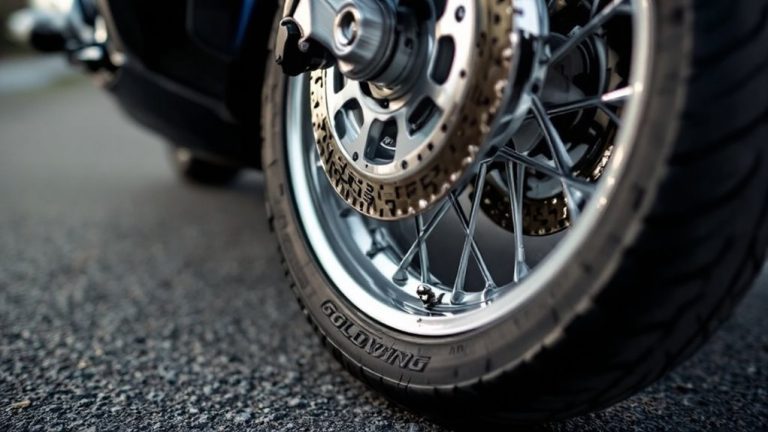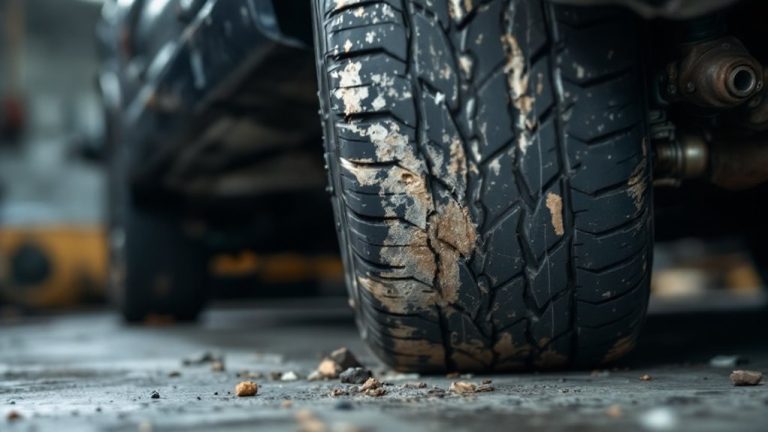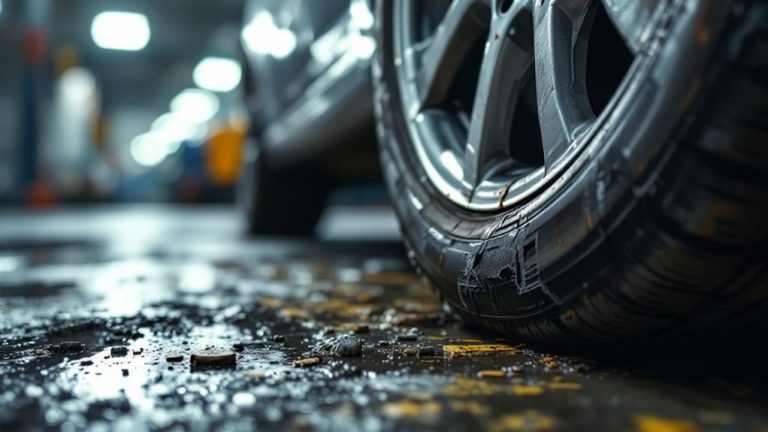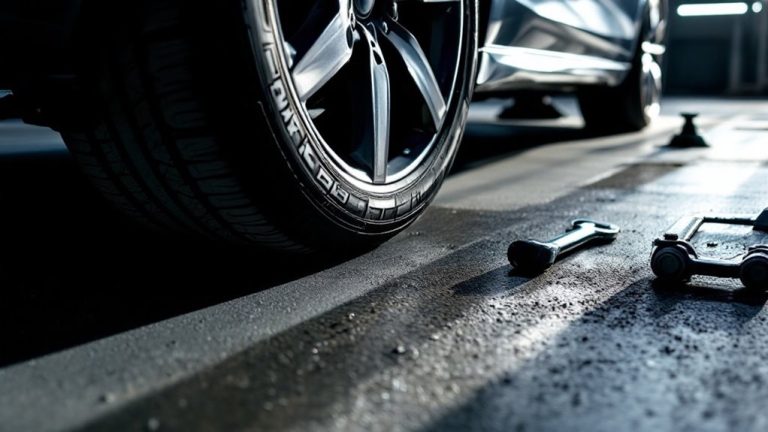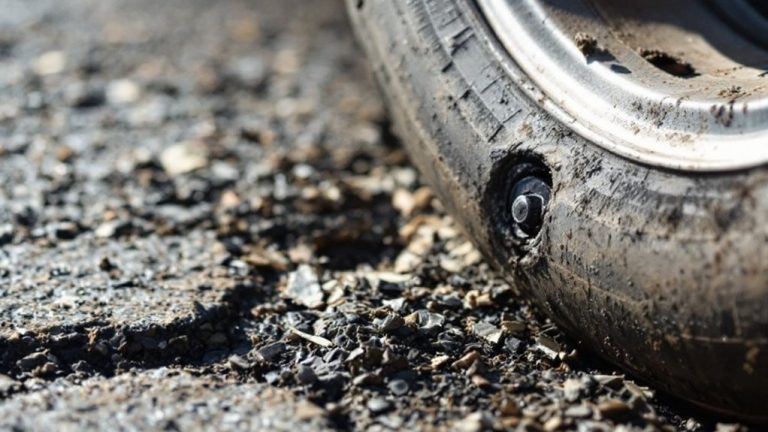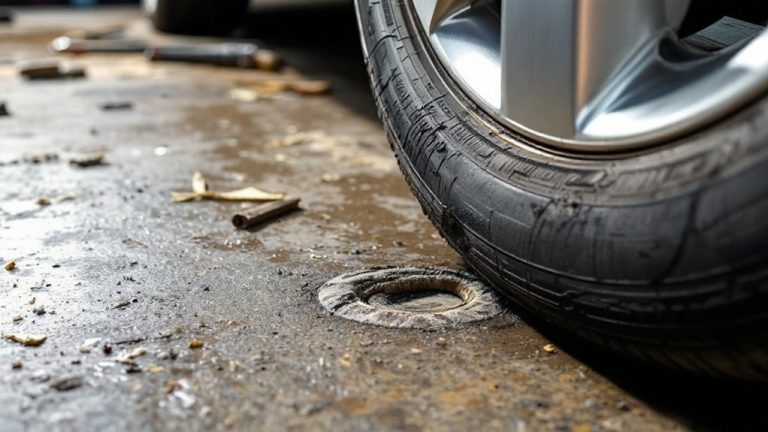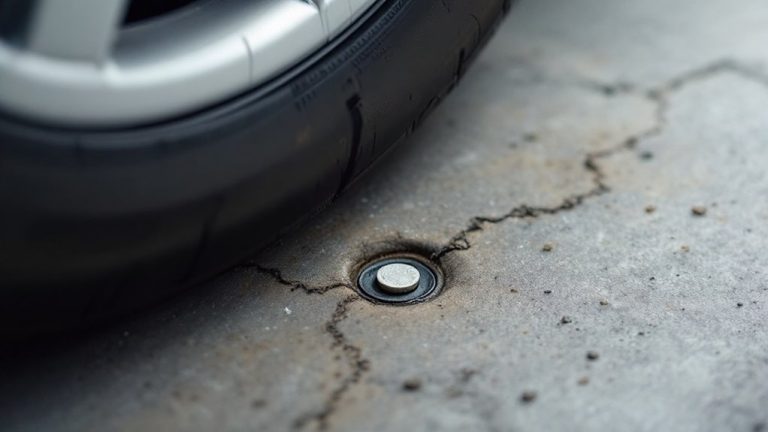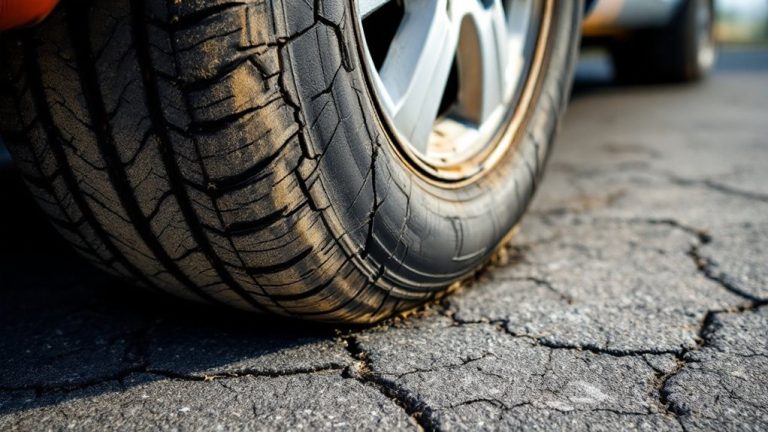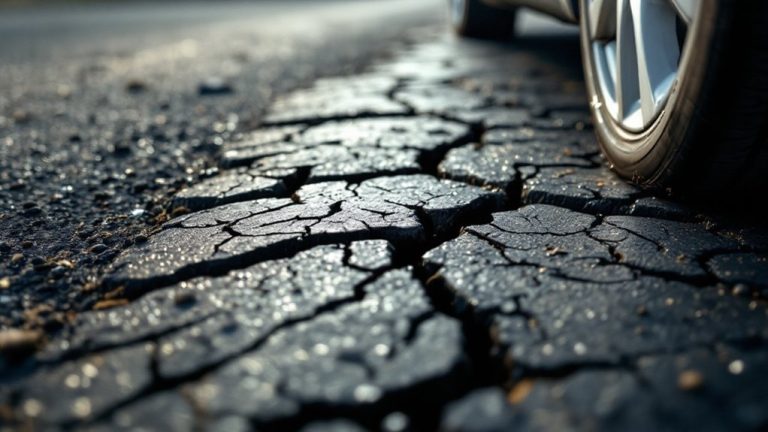What Is A Directional Tire
Directional tires are built to roll in just one way for best results. They have a unique V-shaped or arrow-like tread pattern. This style boosts safety on wet or snowy roads. It helps push water away fast and keeps you in control. Many winter tires, like the Michelin Pilot Sport, use this design. Check the sidewall for arrows showing the right rotation. Correct setup matters a lot for performance. Stay tuned for more useful tips on tires!

